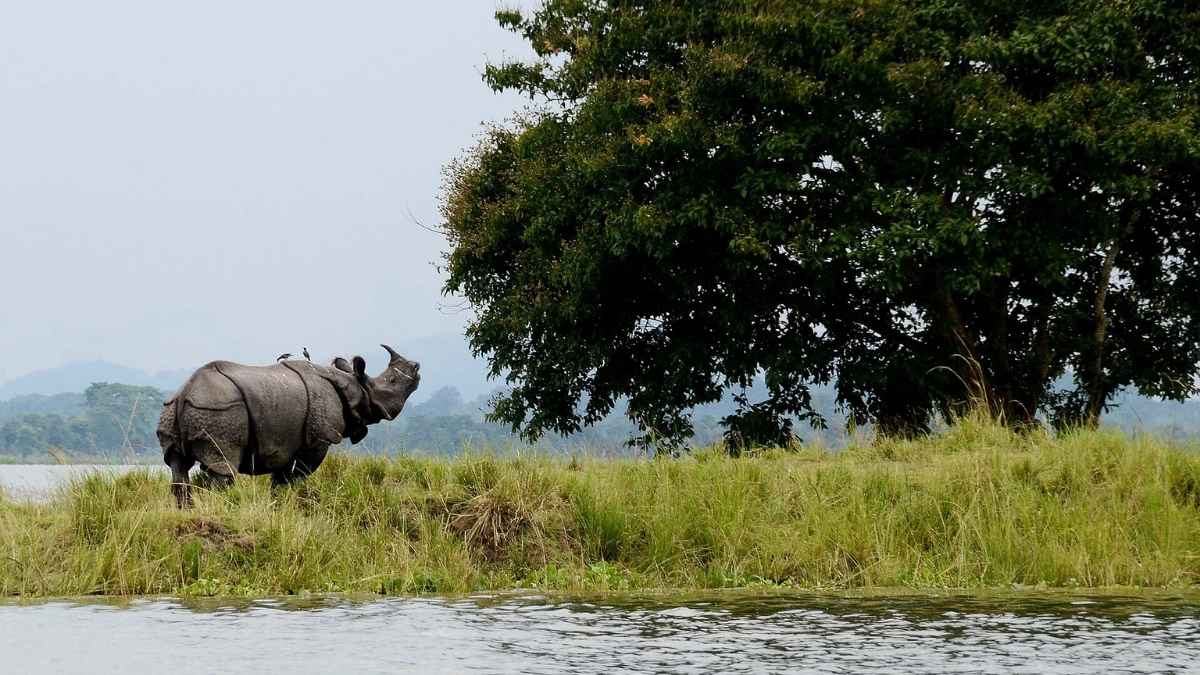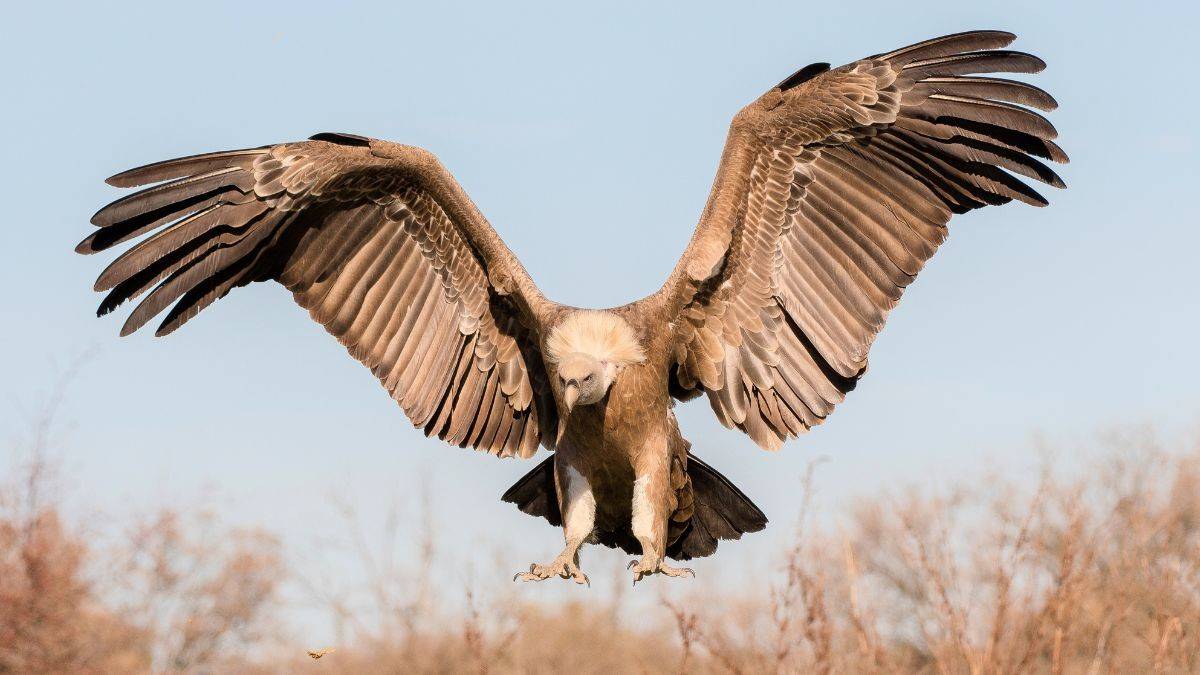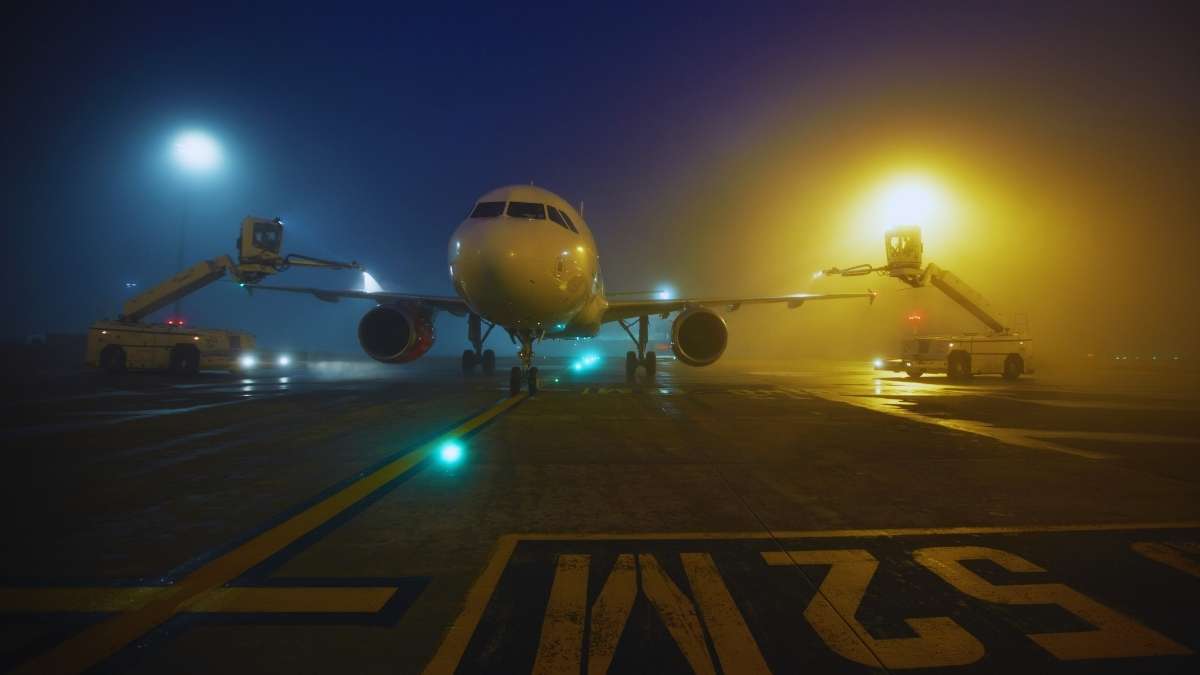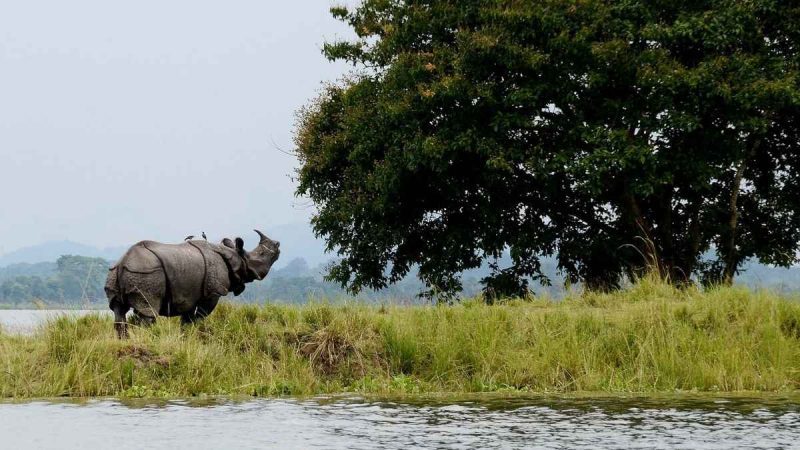Kaziranga National Park doesn’t need much of an introduction if you’ve ever flipped through a wildlife magazine or watched a nature documentary. Its name instantly conjures images of vast grasslands shimmering in the sun, mist rising from wetlands, and the unmistakable silhouette of the one-horned rhinoceros.
Kaziranga National Park: A Tapestry Of Enchanting Wildlife
Stretching across Assam’s Golaghat, Nagaon, Sonitpur, and Biswanath districts, this sprawling wilderness has become synonymous with the one-horned rhinoceros. More than 2,600 of them roam freely here, the largest population on the planet. But to say Kaziranga is just about rhinos would be like saying the Himalayas are only about Mount Everest.
A UNESCO World Heritage Site since 1985, the park is a patchwork of grasslands, swamps, and river-fed forests that feel alive at every corner! They are sometimes too alive if you’re standing face-to-face with a bull elephant.
It began modestly as a reserve forest back in 1905, grew into a national park in 1974, and today spans 1,090 square kilometres of some of the richest biodiversity left in South Asia.
Recent ecological surveys even threw up surprises; 70 orchid species were catalogued here, and the park’s first-ever grassland bird survey identified 43 species, including some teetering on the edge of extinction.
Also Read: Kaziranga National Park To Reopen For Tourists In October; Check Timings & Other Details Inside
What You’ll See At The Kaziranga National Park (If You’re Lucky)
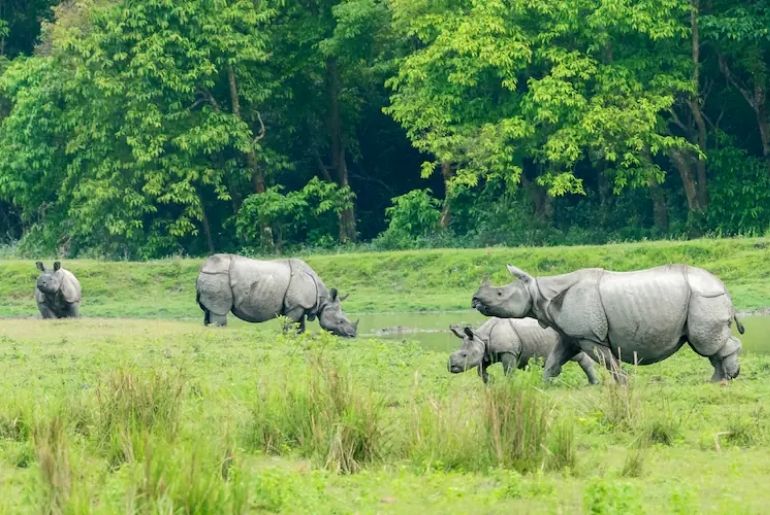
Wildlife watchers often call it the “Serengeti of the East”, and for good reason. Kaziranga is renowned for its own version of the “Big Five,” featuring the iconic one-horned rhinoceros, the elusive Bengal tiger, the majestic Asian elephant, the graceful swamp deer, and the powerful wild water buffalo. Spotting all of them on a single trip is rare, but the anticipation keeps binoculars glued to faces.
And then there’s the supporting cast of gaur, sambar, hog deer, jungle cats, civets, otters, and even sloth bears, which you can spot if you’re patient. Primates chatter through the canopy, rhesus macaques in one corner and capped langurs in another.
Birders will lose track of time here. Almost 480 species have been recorded: pelicans riding the thermals, hornbills crashing through fig trees, storks in elegant slow-motion flight, and rare treasures like the Bengal Florican and Finn’s Weaver.
Reptiles add another layer, with pythons as thick as telephone poles, king cobras sliding into the undergrowth, and the endangered gharial basking by the Brahmaputra.
Also Read: 8 Wildlife Sanctuaries Around Nagpur To Spot Bengal Tigers, Sloth Bears, And Migratory Birds
How To Reach
Kaziranga is remarkably well-connected for a wilderness that still feels untouched.
- By air: Tezpur Airport (52 km) is the closest, but flights are limited. Jorhat (97 km) and Guwahati (217 km) airports are better bets, with daily connections from major cities.
- By train: Furkating Junction (75 km) is your stop, from where taxis or buses will get you to the park.
- By road: National Highway 37 cuts right through Kaziranga’s southern edge. Buses and shared cabs from Guwahati, Tezpur, or Jorhat drop you straight at Kohora, the central entry point.
Where to Stay
Here is a list of stays near the Kaziranga National Park to add comfort to your vacation:
1. BonVilla Retreat & Resort (Kohora):
This is a neat mid-range option with a rustic-yet-modern aura. It is good for families who want comfort without going overboard on the price. It is located on the highway about 5 km from Kohora Gate.
Check-in: 12 pm
Cost: ₹2,755/night
Distance from the park: 5–10 km from the park
2. Kaziranga Farmstay (Kohora):
It is a village-style, homely stay, with Assamese food that tastes like someone’s grandmother made it. It offers breakfast, lunch, evening snacks, and dinner, each available at ₹500 per person, per meal. You can also ask the cook to prepare customised meals for you at ₹300!
Check-in: 1 pm
Cost: ₹2,300/night
Distance: 9.4 km from the park
3. Khruptang Green Reed Eco-Haven (Hatikhuli):
It is an eco-conscious cottage wrapped in greenery. It is the kind of place where mornings begin with bird calls instead of alarm clocks. The cosy accommodations are described as “thoughtful.” It is a 1.9 km drive to Kohora Gate, Kaziranga National Park.
Check-in: 1 pm
Cost: ₹1,488/night
Distance: 3–5 km from the park
4. KRAZYROOMS (Hatikhuli):
This one is Backpacker-friendly and hosts mostly a young crowd. It is also conveniently situated near major attractions like Kaziranga National Park, the orchid park, and local restaurants. It offers top facilities such as a cosy fireplace and exciting jungle safari experiences.
Check-in: 12 pm
Cost: ₹1,025/night
Distance: 3–4 km from the park
5. Green Paradise Hotel & Resort (Bagori):
This feels like a step up in comfort, with air-conditioned rooms and a family-friendly setting. It is known to provide hygienic and affordable cottages and is just 0.7 km away from the centre of Bagori.
Check-in: 12 pm
Cost: ₹3,500/night
Distance: 10 km from the park
Honourable mentions: La Serene Homestay (Bokakhat, from ₹959) for authentic Assamese hospitality, Kaziranga Florican Lodge (₹1,550) for old-school charm, and the government-run Aranya Tourist Lodge for reliability and in-house safari bookings.
Kaziranga National Park Safari: Your Ticket Into The Wild
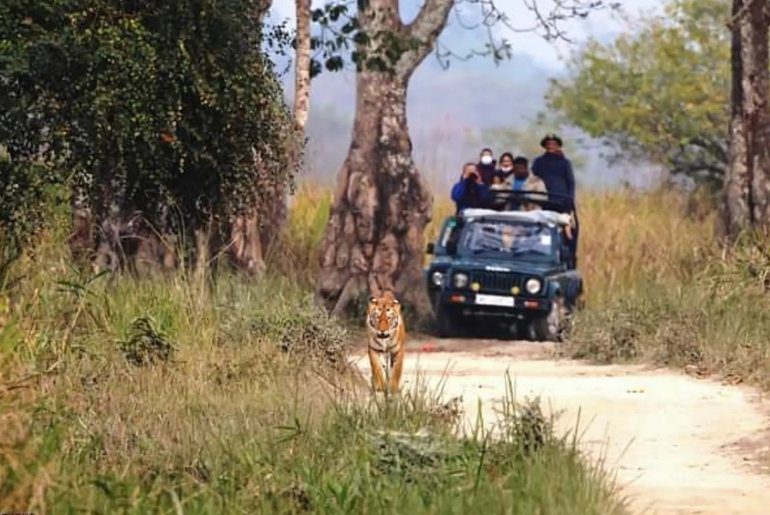
Forget the brochures; nothing prepares you for your first safari here. Here, mist hangs low, grasslands shimmer gold, and then suddenly, a rhino’s silhouette cuts across the horizon.
- Elephant Safari: The elephant safari begins at dawn in both Kohora and Bagori. It is one hour on elephant-back, inches away from rhinos grazing in the dew. The cost is approximately ₹1,600 for Indians and ₹4,200 for foreigners.
- Jeep Safari: This one is more flexible and covers all four ranges, from Central (Kohora), Western (Bagori), Eastern (Agoratoli) and Burapahar. It is around two hours, and six passengers can go at max. The cost ranges from ₹3,700 to ₹4,800 for Indians and from ₹7,500 to ₹8,500 for foreigners.
Book early, ideally 30–45 days ahead, especially between November and April. Weekdays are quieter, and mixing zones (say, a morning in Kohora and evening in Agoratoli) ups your chances of rare sightings.
Kaziranga is not just another park to tick off the list; it’s a reminder that India still has wild spaces where animals roam as if humans never happened. The sight of a rhino, armour-plated and prehistoric against a backdrop of tall elephant grass, is enough to silence even the most talkative traveller. Add orchids, river dolphins in the Brahmaputra, and birdlife in dizzying numbers, and you’ve got more than a holiday, you’ve got a memory that stays with you for long.
Cover Image Courtesy: digantatalukdar/Wikipedia
For more such snackable content, interesting discoveries and the latest updates on food, travel and experiences in your city, download the Curly Tales App. Download HERE. First Published: August 25, 2025 7:36 PM
